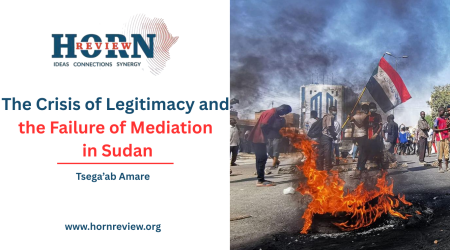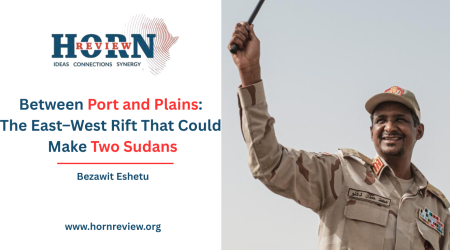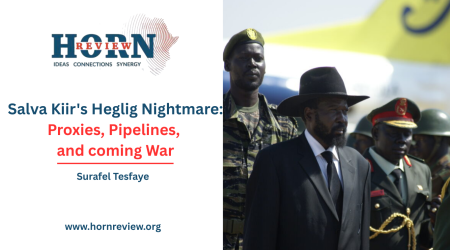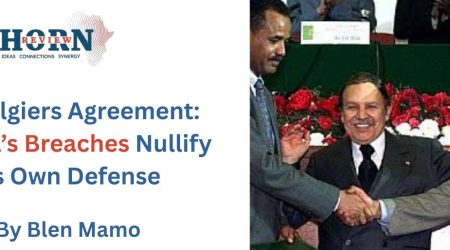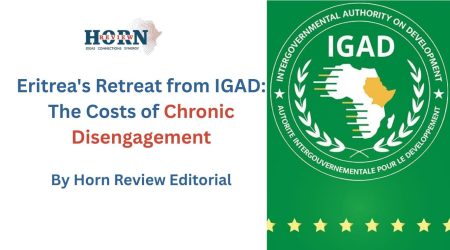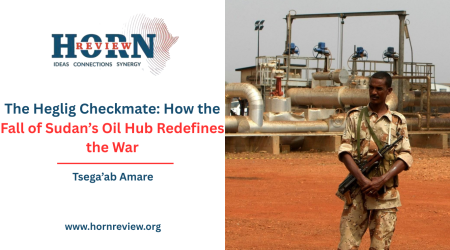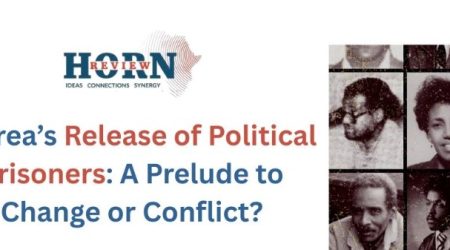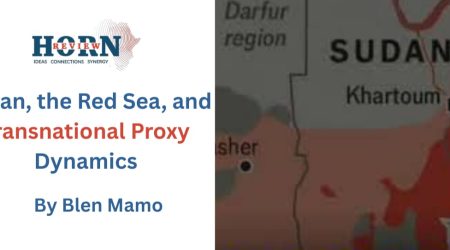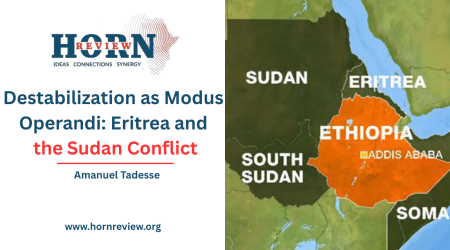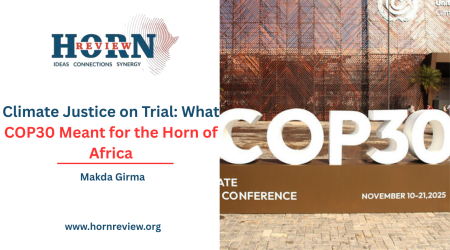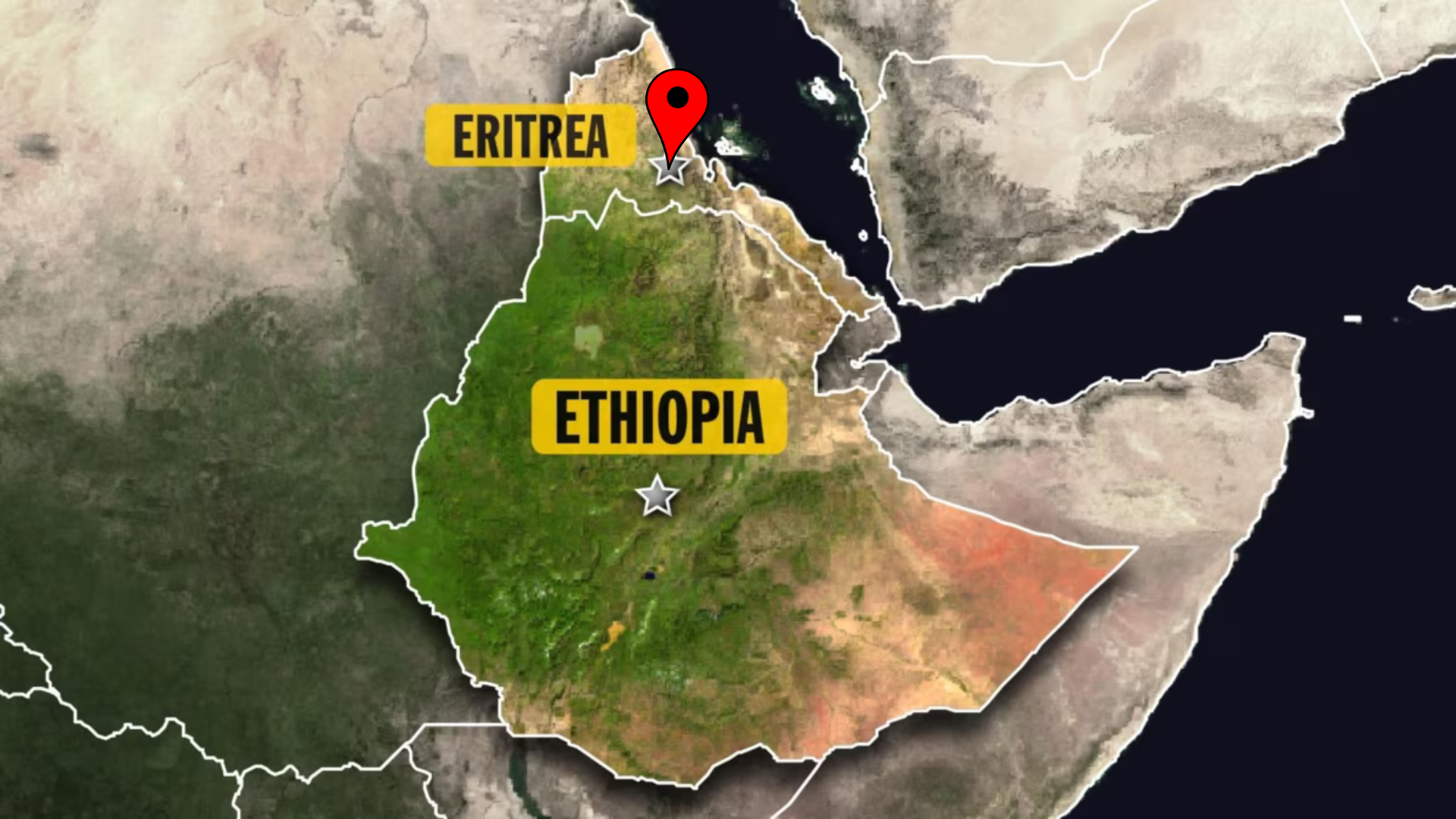
4
Jul
Eritrean Leadership and the Tigray Conflict: Strategic Intentions and Regional Repercussions
The report Power and Plunder: The Eritrean Defense Forces’ Intervention in Tigray, published by The Sentry, offers a detailed examination of the Eritrean government’s conduct during the Tigray conflict. It presents a portrait not of incidental involvement, but of deliberate, state-led military and economic intervention. According to the findings, the Eritrean leadership – particularly under President Isaias Afwerki – played a foundational role in shaping both the onset and escalation of the conflict.
Evidence cited in he report suggests that planning for Eritrean involvement preceded the outbreak of war by several months. Eritrean Defense Forces (EDF), acting in parallel with elements of the Ethiopian National Defense Forces (ENDF), entered Tigrayan territory in November 2020. However, beyond battlefield coordination, the Eritrean military’s presence took on a broader character – marked by the large-scale appropriation of economic resources, targeting of civilian infrastructure, and active participation in actions with significant humanitarian consequences.
According to financial and field data compiled by The Sentry, Eritrean forces extracted significant quantities of gold and other commodities from Tigray, with estimates suggesting annual flows of $75–80 million diverted from the region’s formal economy into unregulated markets. Reports also detail the trafficking of cultural and religious artifacts, as well as the destruction of civilian property and local administrative capacity. These actions appear to have followed a coherent strategic logic: to degrade the Tigrayan region’s economic viability and administrative resilience over the long term.
This conduct cannot be viewed as isolated or opportunistic. The consistency of operations across different parts of Tigray and the degree of centralized control exercised by EDF leadership point to a coordinated policy sanctioned at the highest levels of the Eritrean state. President Isaias’s longstanding opposition to the Tigray People’s Liberation Front (TPLF), combined with his broader view of Ethiopian internal politics as a matter of regional consequence, appears to have shaped Eritrea’s calculus in pursuing deep involvement in the conflict.
Despite the 2022 Pretoria Agreement, which explicitly mandated the withdrawal of foreign forces from northern Ethiopia, Eritrean military units remain present in several areas along the border, including Irob and Zalambessa. These positions do not reflect a residual peacekeeping role but instead suggest an enduring security posture by Eritrean leadership in areas deemed strategically significant. Eritrea’s continued military footprint – absent formal bilateral arrangements – constitutes a serious impediment to post-conflict stabilization and intergovernmental normalization.
Public communications from the Eritrean government have generally taken the form of categorical denial. Allegations of looting, human rights violations, and extrajudicial practices have been dismissed as misinformation. However, independent investigations, including documentation by Physicians for Human Rights and other international bodies, describe consistent patterns of abuse committed by EDF personnel. These include sexual violence on a significant scale, the targeting of civilian populations, and deliberate attacks on essential infrastructure.
Such practices raise pressing questions about the command-and-control environment within the EDF and, more broadly, about the strategic objectives of Eritrea’s leadership during and after the Tigray conflict. The failure to acknowledge or investigate these violations suggests not merely operational excess, but a governance structure that permits – or possibly incentivizes – extra-legal methods as tools of war and deterrence.
The sustained presence of Eritrean forces within Ethiopia’s internationally recognized borders continues to draw concern from Ethiopian officials. In a June 2025 statement, Ethiopia’s former Foreign Ministry spokesperson, Dina Mufti, reiterated the principle of territorial integrity, characterizing Eritrea’s ongoing deployment as incompatible with bilateral and international agreements. The absence of progress toward demilitarization complicates not only Ethiopia’s post-conflict recovery but also the broader Horn of Africa security landscape.
At the heart of the matter lies a fundamental question: what strategic calculus underpins Eritrea’s continued presence in northern Ethiopia, despite international pressure and the high cost of regional isolation? Analysts note that the Eritrean leadership has long employed external military engagements as instruments of internal consolidation – projecting strength abroad to preclude dissent at home. This pattern is visible in Eritrea’s prior interventions and remains consistent with the state’s centralized, militarized governance model.
Eritrea’s security doctrine appears rooted in a deep skepticism of regional integration and multilateral diplomacy, favoring direct control and bilateral coercion. The Tigray intervention – while ostensibly framed as a joint campaign against a common adversary – ultimately reflects Asmara’s broader effort to shape the political and security architecture of the Horn in a direction that reinforces its regime’s longevity.
The persistence of Eritrean forces in contested territories also intersects with longer-term strategic considerations, including access to key infrastructure and influence over borderland economies. While Ethiopia has historically voiced interest in re-establishing maritime access through the Red Sea, particularly via Assab, Eritrea has treated such ambitions with caution, interpreting them as potential encroachments on its sovereignty. In this context, territorial positioning and military presence take on additional significance as tools of leverage in an evolving regional equation.
Going forward, durable de-escalation will depend on meaningful shifts in the strategic behavior of Eritrea’s leadership. The current trajectory – marked by entrenchment, denial, and coercive diplomacy – has left little space for reconciliation or accountability. External actors may support regional dialogue and confidence-building mechanisms, but ultimately, restraint and normalization will require decisions from Asmara to move away from confrontation as a mode of foreign policy.
A credible pathway forward includes full compliance with the Pretoria Agreement, transparency regarding EDF deployments, and cooperation with neutral fact-finding initiatives to address outstanding allegations of abuse. Absent such steps, Eritrea’s leadership risks further entrenching its international isolation and exacerbating the very insecurity it seeks to contain.
By Samiya Mohammed,Researcher,Horn Review

